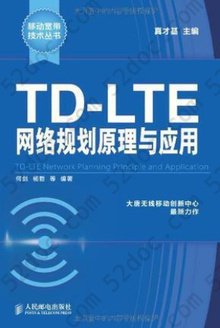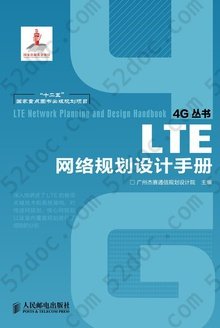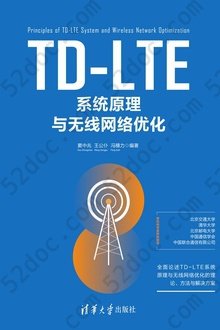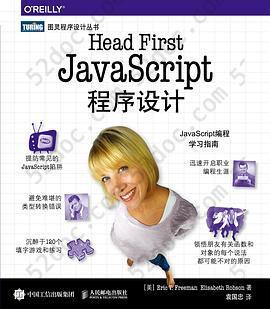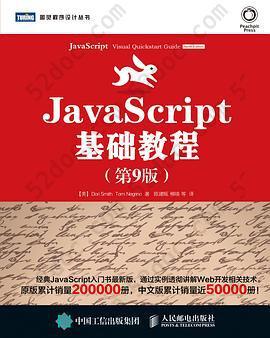注重体验与质量的电子书资源下载网站
分类于: 设计 职场办公
简介
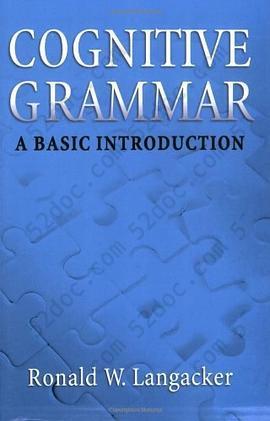
Cognitive Grammar: A Basic Introduction 豆 0.0分
资源最后更新于 2020-08-21 15:05:19
作者:Ronald W. Langacker
出版社:Oxford University Press, USA
出版日期:2008-01
ISBN:9780195331967
文件格式: pdf
标签: 语言学 认知语法 认知语言学 语言学/习 认知 专业书 linguistics cognitive
简介· · · · · ·
This book fills a long standing need for a basic introduction to Cognitive Grammar that is current, authoritative, comprehensive, and approachable. It presents a synthesis that draws together and refines the descriptive and theoretical notions developed in this framework over the course of three decades. In a unified manner, it accomodates both the conceptual and the social-int...
目录
Part I Preliminaries
1 Orientation 3
1.1 Grammar and Life 3
1.2 The Nature of the Beast 5
1.3 Grammar as Symbolization 14
2 Conceptual Semantics 27
2.1 Meaning and Semantic Representations 27
2.2 Conceptual Content 43
3 Construal 55
3.1 Specifi city 55
3.2 Focusing 57
3.3 Prominence 66
3.4 Perspective 73
3.5 Evidence for Semantic Claims 85
Part II Fundamentals
4 Grammatical Classes 93
4.1 Are Conceptual Characterizations Conceivable? 93
4.2 Nouns and Verbs 103
4.3 Classes of Relational Expressions 112
5 Major Subclasses 128
5.1 Count and Mass Nouns 128
5.2 Perfective and Imperfective Verbs 147
6 Constructions: General Characterization 161
6.1 Symbolic Assemblies 161
6.2 Constructional Schemas 167
6.3 Unipolar vs. Bipolar Organization 174
7 Constructions: Descriptive Factors 183
7.1 Correspondences 183
7.2 Profi le Determinance 192
7.3 Elaboration 198
7.4 Constituency 205
8 Rules and Restrictions 215
8.1 Networks and Schemas 215
8.2 Assessing Conventionality 227
8.3 Networks of Constructions 237
8.4 Regularity 244
Part III Structures
9 Grounding 259
9.1 Subjective and Objective Construal 260
9.2 Type vs. Instance 264
9.3 Nominal Grounding 272
9.4 Clausal Grounding 296
10 Nominal Structure 310
10.1 Structure and Function 310
10.2 Noun Modifi ers 318
10.3 Classifi cation and Quantifi cation 334
10.4 Infl ection and Agreement 346
11 Clause Structure 354
11.1 Global Organization 354
11.2 Subject and Object 363
11.3 Clause Types 382
11.4 Complex Verbs 400
12 Complex Sentences 406
12.1 Ordination: Co- and Sub- 406
12.2 Clausal Connections 419
12.3 Finite Complements 437
Part IV Frontiers
13 Discourse 457
13.1 The Basis of Language Structure 457
13.2 Conceptual Substrate 463
13.3 Discourse Genres 477
13.4 Structure Building 486
14 Engaging the World 500
14.1 Dynamicity 500
14.2 Fictivity 524
14.3 Simulation and Subjectifi cation 535
14.4 Mind, Meaning, and Grammar 539
References 541
1 Orientation 3
1.1 Grammar and Life 3
1.2 The Nature of the Beast 5
1.3 Grammar as Symbolization 14
2 Conceptual Semantics 27
2.1 Meaning and Semantic Representations 27
2.2 Conceptual Content 43
3 Construal 55
3.1 Specifi city 55
3.2 Focusing 57
3.3 Prominence 66
3.4 Perspective 73
3.5 Evidence for Semantic Claims 85
Part II Fundamentals
4 Grammatical Classes 93
4.1 Are Conceptual Characterizations Conceivable? 93
4.2 Nouns and Verbs 103
4.3 Classes of Relational Expressions 112
5 Major Subclasses 128
5.1 Count and Mass Nouns 128
5.2 Perfective and Imperfective Verbs 147
6 Constructions: General Characterization 161
6.1 Symbolic Assemblies 161
6.2 Constructional Schemas 167
6.3 Unipolar vs. Bipolar Organization 174
7 Constructions: Descriptive Factors 183
7.1 Correspondences 183
7.2 Profi le Determinance 192
7.3 Elaboration 198
7.4 Constituency 205
8 Rules and Restrictions 215
8.1 Networks and Schemas 215
8.2 Assessing Conventionality 227
8.3 Networks of Constructions 237
8.4 Regularity 244
Part III Structures
9 Grounding 259
9.1 Subjective and Objective Construal 260
9.2 Type vs. Instance 264
9.3 Nominal Grounding 272
9.4 Clausal Grounding 296
10 Nominal Structure 310
10.1 Structure and Function 310
10.2 Noun Modifi ers 318
10.3 Classifi cation and Quantifi cation 334
10.4 Infl ection and Agreement 346
11 Clause Structure 354
11.1 Global Organization 354
11.2 Subject and Object 363
11.3 Clause Types 382
11.4 Complex Verbs 400
12 Complex Sentences 406
12.1 Ordination: Co- and Sub- 406
12.2 Clausal Connections 419
12.3 Finite Complements 437
Part IV Frontiers
13 Discourse 457
13.1 The Basis of Language Structure 457
13.2 Conceptual Substrate 463
13.3 Discourse Genres 477
13.4 Structure Building 486
14 Engaging the World 500
14.1 Dynamicity 500
14.2 Fictivity 524
14.3 Simulation and Subjectifi cation 535
14.4 Mind, Meaning, and Grammar 539
References 541



